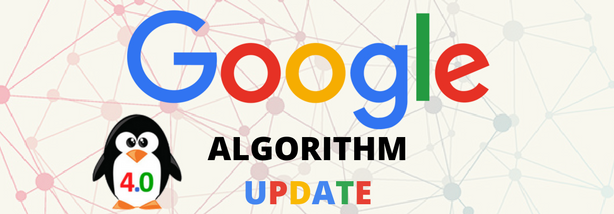Google confirmed the roll-out of the latest version of its Penguin algorithm- a long time after its previous release- sometime in the latter part of September 2016. Unlike in the past, this latest release did not seem to have caused widespread ‘destruction’ of organic traffic or rankings for websites. In fact, there are a few other reasons too why this release of the Penguin algorithm should generally be viewed favorably by SEO pros and online marketers.

Less waiting time for SEOs to see effect of clean-up job
Firstly, Penguin is now integrated with the core search algorithm and will run in real time. Previously, Penguin cast its net periodically, catching ‘non-compliant’ websites for their bad linking practices and low quality of inbound links and penalising them.
Websites that got caught in this net not only had to “clean up” by removing suspicious or low quality inbound links to their website but more importantly also had to wait until the algorithm ran again. This was a frustrating wait for affected websites and SEO practitioners managing these websites as often the results of their efforts were not to be seen or felt.
Now however, webmasters should theoretically be able to see the impact of actions they take to clean up their link profile a lot more quickly. This could mean just days instead of months and years.
Page-level granularity means affected websites have hope
One of the key aspects of this release is that Penguin is likely to be applied at a page level rather than the entire domain. So, if an entire domain was previously affected because of a few low-quality or spammy links to some pages of the site, there is a high chance that those websites could see greater visibility on Google search results because other pages on the site aren’t affected the same way.
For large websites with thousands or hundreds of thousands of pages, this is a boon as it helps them prioritise their clean-up job and work on removing or disavowing bad links to their more important pages first, which will help them cover some lost ground quickly.
Lesser risk of “negative SEO” tactics
A major talking point and frustration for many SEOs after Penguin first wrecked havoc was that of “negative SEO” i.e. anyone could potentially get a competing website penalised by Google by building a bunch of spammy links pointing to the competing website. The fact that such websites could get a site-wide penalty and not be able to bounce back quickly may served as a big ‘incentive’ for practitioners of negative SEO. Not anymore.
Monitor ‘entrance visit’ pages closely
The flip side of this update is that we may be seeing a lot more ongoing volatility in search results. Webmasters should not only monitor their Google traffic closely but also check the traffic to their key landing pages more closely and frequently. Even if overall search traffic doesn’t show significant drops, any major drop in traffic to important landing pages should result in a thorough review of the link profile of those pages.
- By Manoj Aravindakshan
Manoj Aravindakshan is the Managing Director of Mumbai-based SEO and online marketing company On Target Marketing Solutions. He has been in the field of online publishing and digital marketing for about 15 years.
Originally published on On Target Marketing Solutions : Penguin 4.0: Implications for SEO professionals